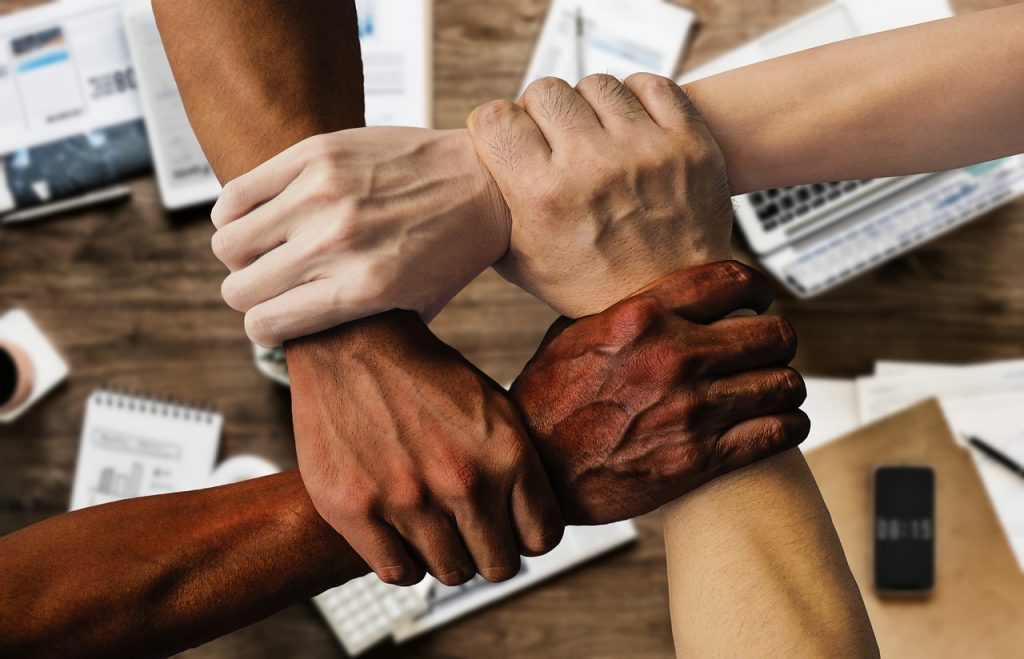
GUEST POST from Chateau G Pato
In today’s rapidly changing world, innovation is the driving force behind success and growth for any organization. To keep up with the ever-evolving market demands, companies are increasingly recognizing the importance of embracing diversity and fostering inclusion within their workforce. The impact of a diverse and inclusive environment goes beyond just social justice; it also plays a pivotal role in fostering innovation and driving business competitiveness. Let’s explore some case study examples that highlight the role of diversity and inclusion in promoting innovation.
Case Study 1: Google’s Employee Resource Groups
Google, a global technology leader, has long been known for its commitment to diversity and inclusion. One of the ways they promote a diverse and inclusive workforce is through their Employee Resource Groups (ERGs). These ERGs are voluntary, employee-led groups that aim to create a sense of belonging for underrepresented groups. By bringing together employees with diverse backgrounds, experiences, and perspectives, Google’s ERGs have become catalysts for innovation. These groups provide a platform for employees to connect, share ideas, and contribute to problem-solving, resulting in innovative solutions that address a wide range of challenges. For instance, the Black Googler Network (BGN) launched an initiative called “CS in Color” to address the racial disparities in computer science education. Through this program, BGN empowered students of color with coding skills, driving innovation by diversifying the tech industry’s talent pool.
Case Study 2: Johnson & Johnson’s Open Innovation Program
Johnson & Johnson (J&J), a multinational healthcare company, recognizes that embracing diversity contributes to its innovation efforts. They have implemented an open innovation strategy that emphasizes collaboration with external partners. In 2011, J&J established the Diversity & Inclusion External Innovation Council to enhance diversity and inclusion in their external collaborations. By partnering with entrepreneurs, startups, and diverse suppliers, J&J aims to foster innovation by tapping into a broader pool of ideas and solutions. By embracing diversity in their external partnerships, J&J has been able to drive breakthrough innovations in various therapeutic areas. For example, their collaboration with a small biotech company led to the development of a groundbreaking treatment for multiple myeloma, a type of blood cancer. By incorporating diverse perspectives and leveraging external partnerships, J&J has been able to stay at the forefront of healthcare innovation.
These case study examples demonstrate that diversity and inclusion play a vital role in fostering innovation. By embracing employees with different backgrounds, experiences, and perspectives, organizations can tap into a vast array of ideas and approaches. Diversity of thought and perspectives fuels creativity, leading to innovative solutions and increased competitiveness. Furthermore, inclusion ensures that diverse voices are heard, valued, and given the opportunity to contribute fully, resulting in a more collaborative and innovative work environment.
Conclusion
To fully reap the benefits of diversity and inclusion, organizations must focus on creating an inclusive culture that promotes psychological safety, encourages diverse perspectives, and supports collaboration. By doing so, organizations can foster an innovative culture where everyone feels empowered to contribute their unique ideas and drive positive change.
Diversity and inclusion are not only moral imperatives but also powerful enablers of innovation. Embracing diversity within the workforce promotes creativity, fuels innovation, and results in solutions that meet the needs of an increasingly diverse customer base. By fostering an inclusive environment where every voice is valued and heard, organizations can drive innovation, unlock new opportunities, and ensure long-term success in today’s fast-paced and competitive world.
Bottom line: Futurology is not fortune telling. Futurists use a scientific approach to create their deliverables, but a methodology and tools like those in FutureHacking™ can empower anyone to engage in futurology themselves.
Image credit: misterinnovation.com
![]() Sign up here to get Human-Centered Change & Innovation Weekly delivered to your inbox every week.
Sign up here to get Human-Centered Change & Innovation Weekly delivered to your inbox every week.


